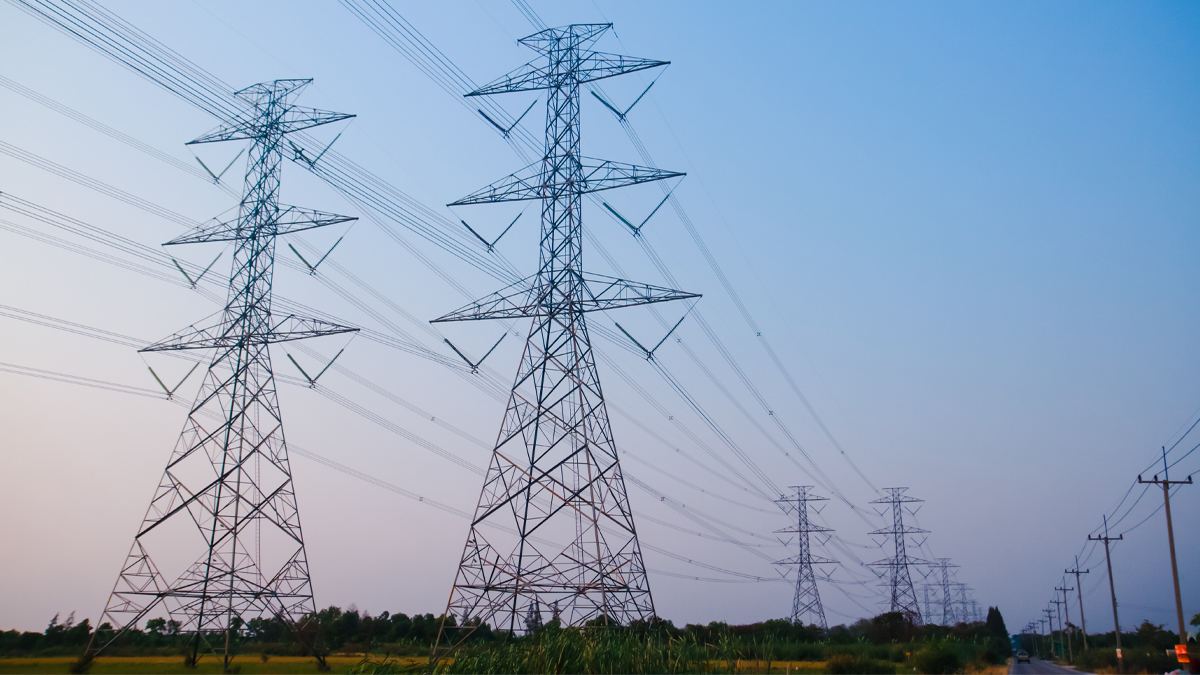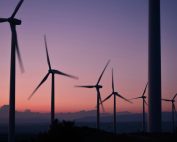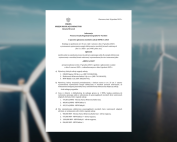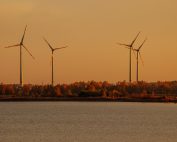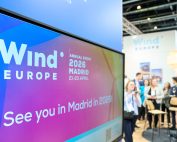Lithuania’s Energy Ministry said they have started consultations with potential wind farm developers in the Baltic Sea. The talks started in March 2022.
The consultations will be conducted in preparation for an auction related to the selection of an offshore wind farm developer. Meetings with potential investors are scheduled until April 18, 2022. Talking with Lithuanian authorities, the companies are expected to discuss the issues of connecting the wind farm to the Lithuanian transmission grid, interconnection, width of the interconnection corridor, and other technical issues of the project, as well as legislative changes related to the project, project schedule, and future construction of the wind farm – logistics and material supply.
Lithuanian Energy Agency, by the instruction of the Ministry of Energy of Lithuania, has initiated an international procurement process related to the offshore wind farm project to select service providers to perform the anticipated studies and services.
An infrastructure development plan will be created
In connection with the construction of wind turbines in the Baltic Sea, there will be an engineering infrastructure development plan. The document will identify areas for phased development and operation of offshore wind farms. The contractor shall prepare a concept (at least 2 variants) of solutions for the connection of the offshore wind farms with the substation in the Baltic Sea, including preliminary locations of the offshore wind farm connections with the seabed cables and the offshore substation.
Environmental Impact Assessment 2023
Environmental studies and impact assessment of the wind farm will be carried out in accordance with the Resolution of the Government of the Republic of Lithuania dated 22 June 2020 on Environmental Impact Assessment.. An EIA report will be prepared for the construction of the first wind farm with an installed capacity of up to 700 MW and to determine the final installed capacity. In 2021, the Lithuanian Energy Agency conducted public procurement procedures and selected a qualified supplier, Pajūrio tyrimų ir planavimo institutas (CORPI), which will conduct the environmental impact assessment procedure and prepare the EIA report of the wind farm by the end of the third quarter of 2023.
Results of geological surveys the following year
The development of wind farms in the maritime area of the Republic of Lithuania in the Baltic Sea is inextricably linked to both the characteristics of the seabed and the geological structure of the subsurface. Seabed topography and geological structure have a unique impact on the selection of structures and foundations for wind farms.
In 2021, the Lithuanian Energy Agency prepared the necessary documents and initiated an international public procurement to select a service provider to conduct geophysical and geotechnical surveys of the seabed in the area of the planned wind farm construction in the Baltic Sea. The selected vendor is expected to be able to conduct the study within 11 months, with results available in mid-2023.
Wind speed measurements will last until mid-2023
Wind speeds in the Lithuanian marine area have not been measured or studied in detail before. Preliminary data (from mathematical modeling) suggest that the average wind speed in the area of the planned wind farm may be around 9 m/s. The Lithuanian Energy Agency has prepared the necessary documents and started an international procurement procedure in 2021 to select a competent supplier to carry out measurements of wind speed, water, and other meteorological parameters in the planned area. The potential contractor is expected to conduct the necessary measurements by mid-2023.
Sea depths at planned wind speed measurement station locations range from 36 m to 44 m. The data obtained will be used to assess wind energy production potential and sea hydrometeorological conditions in the area of wind farm development in the Baltic Sea.




